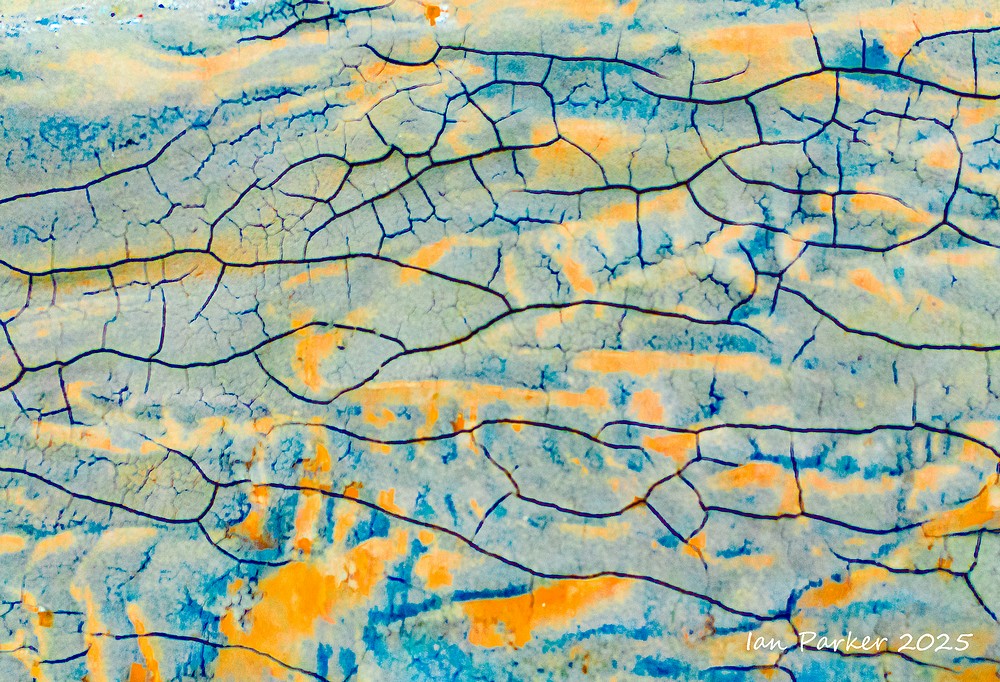The Bentonite Hills in Utah are a unique geological formations, primarily composed of bentonite clay. This type of clay, known for its exceptional swelling properties and plasticity, gives the hills their distinct appearance and character. Formed from volcanic ash deposits undergoing weathering over millions of years, bentonite clay primarily consists of montmorillonite, along with other minerals like quartz, iron oxides, manganese and feldspar imparting their rich pigments to the soil and rock formations. Due to the diverse mineral composition the Bentonite Hills appear in colors, ranging from shades of red and orange to earthy browns, yellows and sometimes even blue - depending on the lighting and time of the day. The view is otherworldly…like something you might see on Mars Perhaps that’s why they built the Mars Desert Research Station” (MDRS) less than a mile away.
However, arriving in the middle of the day and stepping out of the car it was apparent that regular landscape photography approaches would not do a good job of capturing all this. One problem was that of perspective. The contorted ovals and concentric colored rings of the bentonite domes are not readily apparent from ground level. That had a ready solution, as I had brought my drone and the location is Federal land administered by the BLM (Bureau of Land Management), which allows the use of drones. A second problem was that the colors of the bentonite appeared rather brown and dull in full sunlight. The lighting at dawn and dusk gave an improvement, but I thought there was still more to be extracted.
My photos below thus show the results of applying progressively increasing levels of saturation to my drone shots. These do not depict false colors, or the hallucinations of AI, but reveal natural colors that are actually present, but are normally too subtle to be visible by eye.
Drainage Patterns
| |
 Cracked mud patternsBentonite Hills, Hanksville, Utah
Cracked mud patternsBentonite Hills, Hanksville, Utah |
|
Abstracts
Other observations near the Bentonite Hills
created 09/11/2025
|